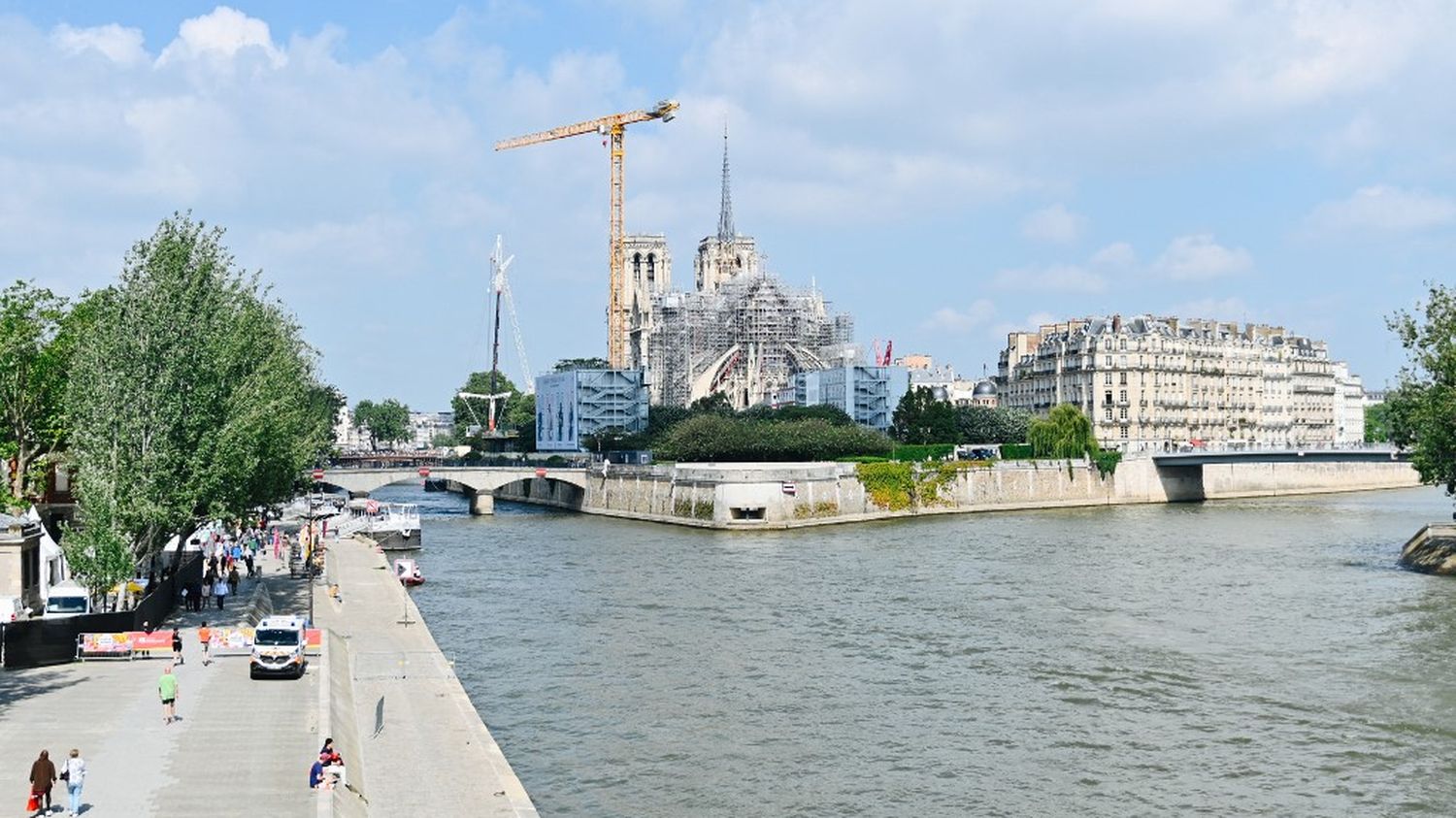Associations have observed significant concentrations of this product in rivers such as the Elbe in Germany, the Seine, the Oise and the Somme in France, or the Mehaigne in Belgium.

Published
Update
Reading time: 1 min

European waters are massively contaminated by a very persistent chemical, trifluoroacetic acid (TFA), warn the associations of the European Pesticide Action Network (PAN Europe) in a report (PDF document) published Monday May 27. They denounce “the largest known contamination of water on a European scale by a man-made chemical”.
PAN Europe and its members, including Générations Futures in France, analyzed 23 surface water samples and six groundwater samples from ten EU countries, looking for this product. It comes from the degradation of PFAS, nicknamed “eternal pollutants”, but also serves as a starting product for the production of some of them. Result : “the scale of the contamination is alarming and calls for decisive action”write the associations in their report.
These TFAs can come from the degradation of PFAS pesticides, used in agriculture for their stability, but also from certain refrigerant gases or discharges from the PFAS manufacturing industry, widely used, for example for the non-stick coating of frying pans. , firefighting foams or cosmetics. The analysis, carried out by the Water Technology Center in Karlsruhe (Germany), highlights the presence of TFA “in all water samples”, with concentrations ranging from 370 nanograms per liter (ng/l) to 3,300 ng/l. They are important in rivers such as the Elbe in Germany, the Seine, the Oise and the Somme in France or the Mehaigne in Belgium.
NGOs are concerned about the repercussions on the quality of tap water, which will be the subject of a future study. As for the origin of the problem in Europe, “the main cause of diffuse TFA pollution is PFAS pesticides in rural areas”judged Pauline Cervan, toxicologist at Générations Futures. “79% of samples presented TFA levels above the limit of 500 ng/l proposed by the European Drinking Water Directive for all PFAS”notes the report.
